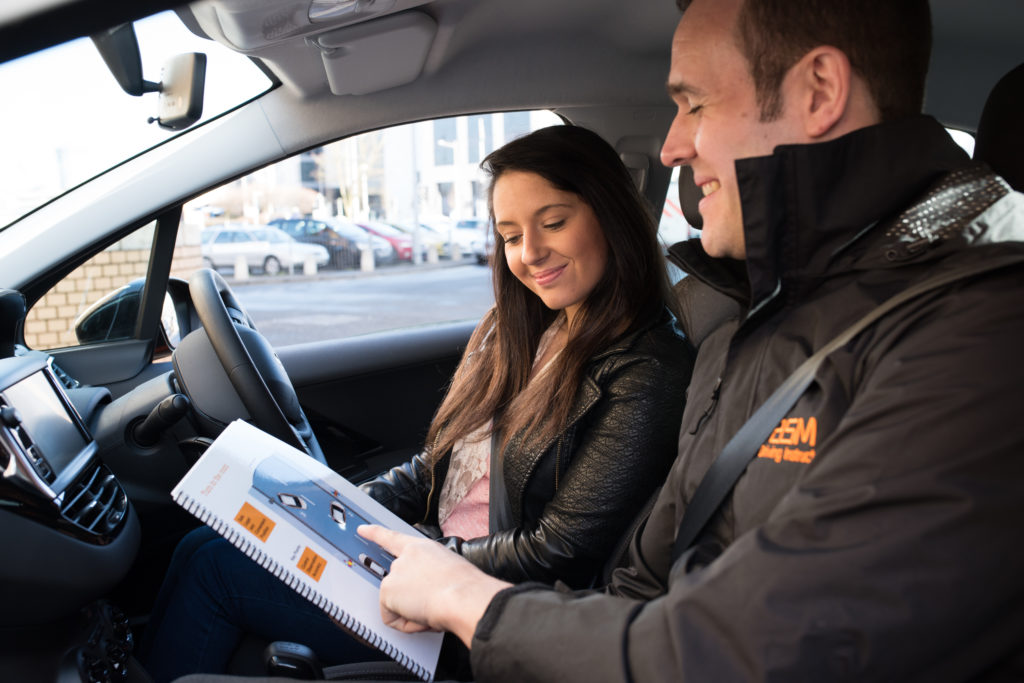Everything You Need to Know with BSM
Guide to Level
Crossings

Level crossings: Need to know
Beginners’ guide to level crossings
Where railways intersect with roads or paths, you get a level crossing. There are 6,000 level crossings in Britain according to Network Rail, including 1,500 across public highways.
Here we look at the warning signs you tend to get at railway crossings, and how to drive over them safely.
What do I need to know about level crossings?
When it comes to level crossings, there are five important rules:
1. On your approach, be ready to stop. 2. Understand the level crossing warnings. 3. When the warnings start, stop – unless doing so is unsafe. 4. Remain stationary until the warnings end. 5. Before crossing, make sure your exit is clear.
What are the level crossing warnings?
Railway crossings vary, depending on things like how frequently trains pass, and the geography of the crossing. Here are the warnings to keep an eye out for:
Signage
By and large, you will get a road sign ahead of a level crossing. Triangular warning signs for crossings with a barrier or gate feature a gate symbol. If there’s no barrier, they will feature a train symbol. Another warning you might see is a rectangular sign which reads ‘Stop when lights show’.
Road markings
Many level crossings will have a solid white line. You should stop behind this if the barrier is lowered, or the warning lights come on.
Some level crossings also feature yellow box markings. This means you should only drive onto the box if your exit is clear, like other box junctions.
Warning lights
Most level crossings on public roads will feature amber and red warning lights. The amber light coming on means you should stop. Don’t stop if you’ve already crossed the line though – it’s unsafe to come to a halt on the crossing itself.
You must stop if the red lights flash. This means the train is about to arrive. Even when the train’s passed, you should remain stationary until the red lights stop flashing. This is because there may be more than one train.
You might occasionally get green lights at level crossings. When the green light is on, it’s safe to cross.
Gates or barriers
Some level crossings have a full barrier which blocks the road. Others may have a half barrier. In either case, you should stop if the barrier is lowered, and not cross until they’re fully raised.
If a level crossing doesn’t have a gate or barrier, it’s known as an open crossing. You should, of course, heed the other warnings here.
Audible warnings
You occasionally have audible warnings at level crossings, such as a siren or train horn sound. These tend to be supplementary – there will be other warnings too.
How do I drive over a level crossing?
As rail traffic might come at any time, and is likely to be travelling quickly, you should approach level crossings with caution. You will almost certainly get some kind of warning if trains are approaching, but it’s best to be alert.
You should never just drive over a level crossing. Slow down in advance, and check that no railway traffic is approaching either to the left or right.
As mentioned, a level crossing should be treated like a box junction – don’t enter unless your exit is clear. Being caught stationary on the track should be avoided at all costs. And this should go without saying, but don’t try to gamble if there’s a train approaching, even if you think you have time. Moving trains are incredibly dangerous, so don’t take any chances.